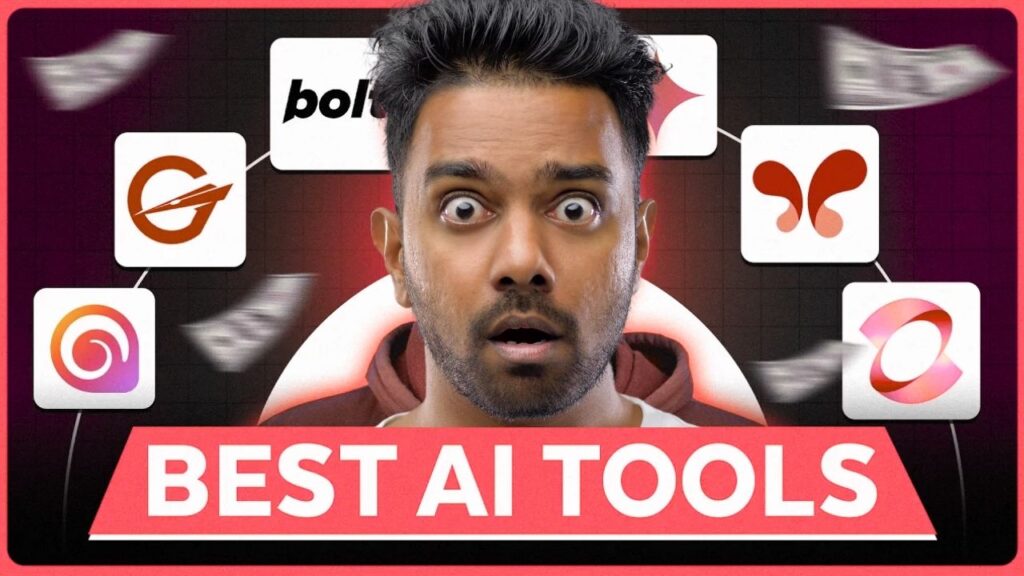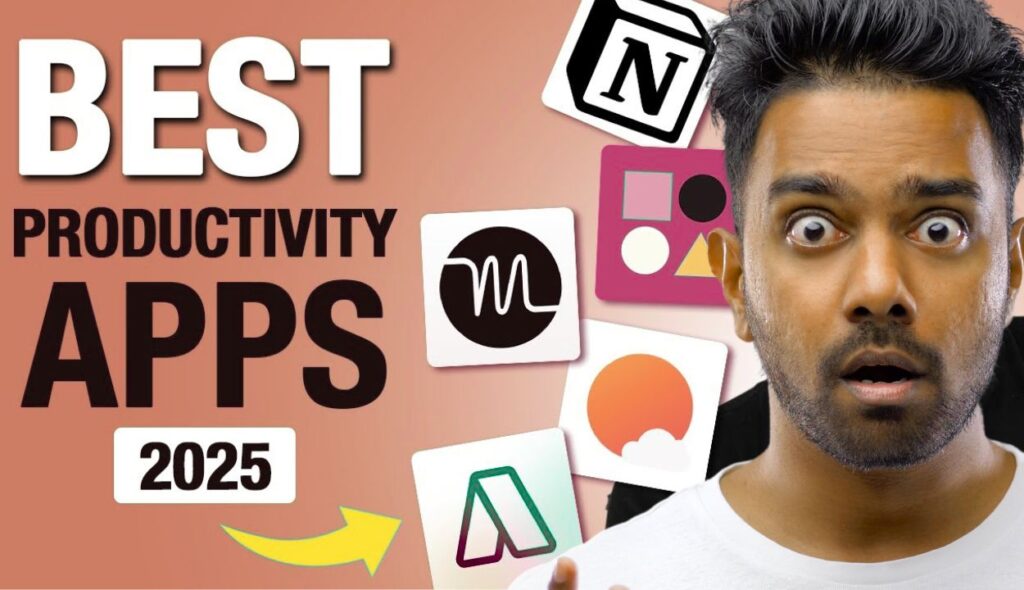Discover 5 lucrative AI agent business opportunities for 2025, including workflow automation, knowledge-based chatbots, and custom AI models. Learn how to monetize artificial intelligence in the evolving tech landscape.
The world of Artificial Intelligence (AI) is no longer a futuristic fantasy; it’s a present-day reality transforming industries and creating unprecedented business opportunities. While the initial AI hype might have felt distant, recent advancements have made AI genuinely useful, enabling the creation of complex AI agent workflows that can handle tasks previously requiring human labor. According to recent market analysis, the AI agent market is poised for exponential growth, with projections estimating a multi-billion dollar valuation by 2025.
This article is your comprehensive guide to navigating this evolving landscape. We’ll delve into five realistic and profitable AI agent business opportunities you can leverage in 2025, providing actionable strategies and insights to help you monetize your AI skills and expertise. Whether you’re a seasoned tech entrepreneur or just starting to explore the potential of AI, this guide is designed to equip you with the knowledge you need to succeed.
The Rise of AI Agent Workflows
AI agents are poised to revolutionize how businesses operate, automating manual tasks and streamlining processes. One of the most sophisticated tools for building these AI agents is N8N, a powerful automation platform.
Understanding N8N and Modern Automation
N8N is an automation tool similar to Zapier and Make, but with a key differentiator: its robust AI agent implementation. It allows you to build complex workflows and integrations with virtually any tool that has an API. N8N stands out with its ability to integrate models from leading AI providers like OpenAI, Claude, and DeepSeek, enabling the creation of sophisticated agentic workflows.
Key Features of N8N:
- Flexibility: Connects to a vast array of tools and services through APIs.
- AI Integration: Seamlessly incorporates AI models for advanced automation.
- Customization: Allows for the creation of highly tailored workflows.
The complexity of these workflows, however, presents a significant business opportunity. Many businesses, particularly small ones, are willing to pay for pre-built, complex workflows that they can directly integrate into their existing systems.
Monetization Strategies for AI Workflows
There are two primary methods for monetizing AI agent workflows built with N8N:
- Selling Workflow Templates:
- Export and Distribution: Create a valuable workflow in N8N, export the finished workflow file, and sell access to it for a one-time payment.
- Pricing Strategies: Price your templates based on the complexity and value they provide. Research similar templates in other domains (e.g., Notion, Figma) to inform your pricing.
- Case Studies: Look at how creators sell templates for other software. The principle is the same, and you can learn from their successes.
- Offering Workflow-as-a-Service:
- Webhook Implementation: Expose your workflow through a webhook, allowing it to be triggered by other N8N workflows or external systems.
- Subscription vs. Per-Call Pricing: Since this method consumes resources on your end (tokens, processing power), consider offering access as a subscription or on a per-call basis.
- Authentication and Security: Implement authentication directly to the webhook node to ensure only paying users have access to your workflow.
Knowledge-Based AI Chatbots: The New Frontier
Selling knowledge isn’t a new concept. However, AI is providing a new medium to do it: knowledge-based AI chatbots.
Evolution of Knowledge Commerce
Imagine instead of buying access to a course, you get access to a chatbot similar to ChatGPT that was trained specifically on the knowledge from and by your favorite author on a specific topic. You can now ask this chatbot specific questions, and it will use its knowledge to help and guide you in the process, using expert knowledge but with the context of your specific case.
Implementation Guide Using 8base
8base is a tool that allows you to create the chatbot and manage all the knowledge. With 8base, you can create and manage a knowledge base by using public knowledge like websites or YouTube videos, but you can also upload documents like PDF files or manage your knowledge base directly in 8base’s rich FAQ editor.
- RAG Technology Advantages: Unlike custom GPTs, 8base doesn’t have any system prompt. Instead, it is actively querying the specific data it needs for each chat message based on what is being asked using a technology called RAG. With 8base, you can even inspect each conversation, see which knowledge it retrieves, and correct it on the fly for a more accurate reply in future conversations.
- Monetization strategies and pricing models: You can put this chatbot on your website behind a pay wall for paying users.
- Security considerations and best practices: What you should never do is giving your knowledge base to a custom GPT in a system prompt. It is super easy to trick the AI into spitting out the entire system prompt, which you definitely want to avoid. Large language models also tend to perform pretty bad on large contexts.
Custom AI Models and LoRA Fine-Tuning
Instead of offering AI built around existing tools, you can train or fine-tune your very own AI model and offer access to it directly using an API.
Understanding LoRA Models
You can download and use open source models like flux, stable diffusion, deep seek, and many others. You can now specialize these models by using a technique called fine-tuning. For instance, you can fine-tune a flux model to create h eyes for a 3D software like blender, or you can fine-tune to create Vivid high contrast YouTube thumbnails that will get more clicks. This kind of fine-tuned version of an open source based model is called a Laura model.
- Market opportunities: Getting a Laura model really good might take a lot of tries, a lot of experimenting, tweaking, tuning, and depending on what you’re fine-tuning for, might require specific expert expse and knowledge. So if you have that knowledge and you have managed to train a really good Laura model, you can absolutely charge people to use this model.
Monetization Through Replicate
The best way to do this is to use a platform called replicate. With replicate, you can deploy, fine-tune, and run AI models at scale.
- Platform overview and benefits: You can do the fine-tuning jobs directly on replicate itself, or you can upload your Laura models to replicate and expose it through replicates API.
- API implementation strategies: You can charge users to use this API. You can either provide an API key to replicates API directly, or you can develop your own proxy API that you can put in front of replicate.
- Pricing models and scaling considerations: Both ways would enable users to run your Laura model without neither you or the users having to deal with complex infrastructure and GPU Hardware scaling and so on and so on.
The “Vibe” Revolution in AI Products
You can use AI indirectly to get better results with your products services or to help monetize something that would otherwise be considered just a fun hobby project.
Understanding the Vibe Phenomenon
Vibe coding basically means using cursor or wind Ser to do all the coding for you based on a vibe. This resulted in some really interesting project, mostly small Indie Games created with 3js and cursor.
- Success stories: Peter levels was one of the first to create a small game, and within just a few days, he was already making tens of thousands of dollars in ads. Nicola created a small sailing game called Vibe sale, and also here advertisers jumped on board and generated a fair amount of revenue for this guy.
Strategic Implementation
We can use the concept of vibing to put new ideas to the test. It’s an excellent approach for prototyping and testing the waters. You can Vibe code a simple new product then Vibe design some quick ads and see if you can get some interest. If something catches on, you can then switch vibing to a more intentional approach.
AI Automation Agency Opportunities
Some businesses don’t want to buy your workflow files, they don’t want to access your knowledge so they can learn, they don’t even want to buy access to an API endpoint so they can consume your AI directly. They literally want you to come and set everything up for them without having to do or learn anything.
Market Analysis
There are a lot of businesses right now who totally get the point: they know that getting into Ai and automation is the way to get a Competitive Edge and to Future proove their businesses. They just don’t have a clue how.
- Case study: Liam otley is one great example of someone who is doing this.
Building an AI Automation Agency
An obvious way for you to do business is by running an AI automation agency that offers businesses to implement it for them.
- Required skills and expertise: You need to know how to set up complex automation, how to fine tune and create Laura models.
- Service offerings and pricing models: You can offer your expertise as an AI consultant or through your own AI automation agency.
- Client acquisition strategies: If you don’t mind working with clients directly, then consider offering your expertise.
Conclusion
The AI landscape is rapidly evolving, presenting a wealth of opportunities for those who are ready to embrace the change. From AI agent workflows and knowledge-based chatbots to custom AI models and automation agencies, the potential for monetization is vast. By understanding the key trends, leveraging the right tools, and implementing strategic approaches, you can position yourself for success in the burgeoning AI economy of 2025 and beyond.
The insights shared in this article are based on current market analysis, expert opinions, and real-world examples, providing you with a reliable foundation for your AI endeavors. As you embark on this journey, remember to stay informed, adapt to new developments, and continuously refine your strategies to maximize your impact and profitability.



